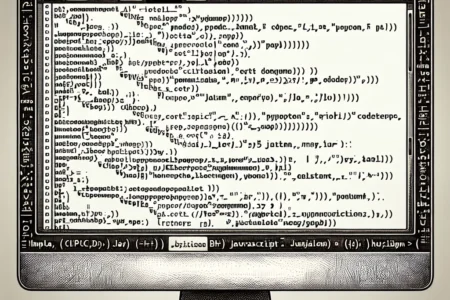The article “The Top 5 Programming Languages for Web Development in 2021” offers a comprehensive overview of the top programming languages essential for web development this year. It discusses the versatility and performance of JavaScript, the simplicity and wide scope of Python, the robustness and scalability of Java, the modern features and ease of use of PHP, as well as the loyalty and productivity of Ruby on Rails. Moreover, it emphasizes the importance of understanding the project requirements and the strengths and weaknesses of each language in making an informed decision for successful web application development. The subsequent section on “Mastering Web Development: Essential Programming Languages to Learn” highlights the fundamental role of JavaScript, HTML, CSS, along with the significance of mastering server-side languages like Python, Ruby, or PHP, and SQL for database management. It also stresses the value of familiarizing oneself with frameworks such as React, Angular, or Vue.js to expand one’s skill set and create dynamic web applications. This thorough exploration of essential programming languages in web development provides valuable insights for both aspiring and seasoned web developers, making the full article a must-read for anyone in the field.





